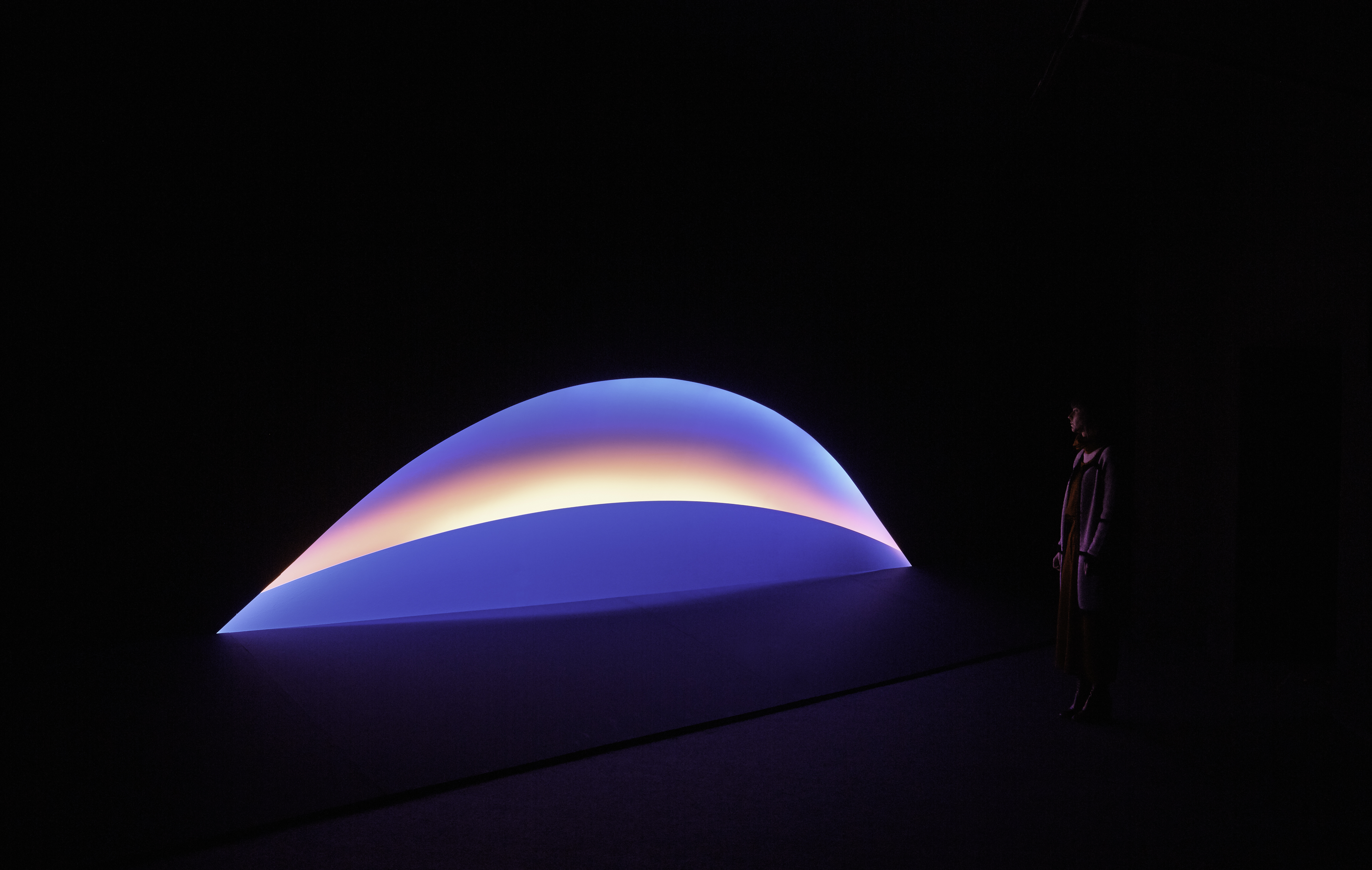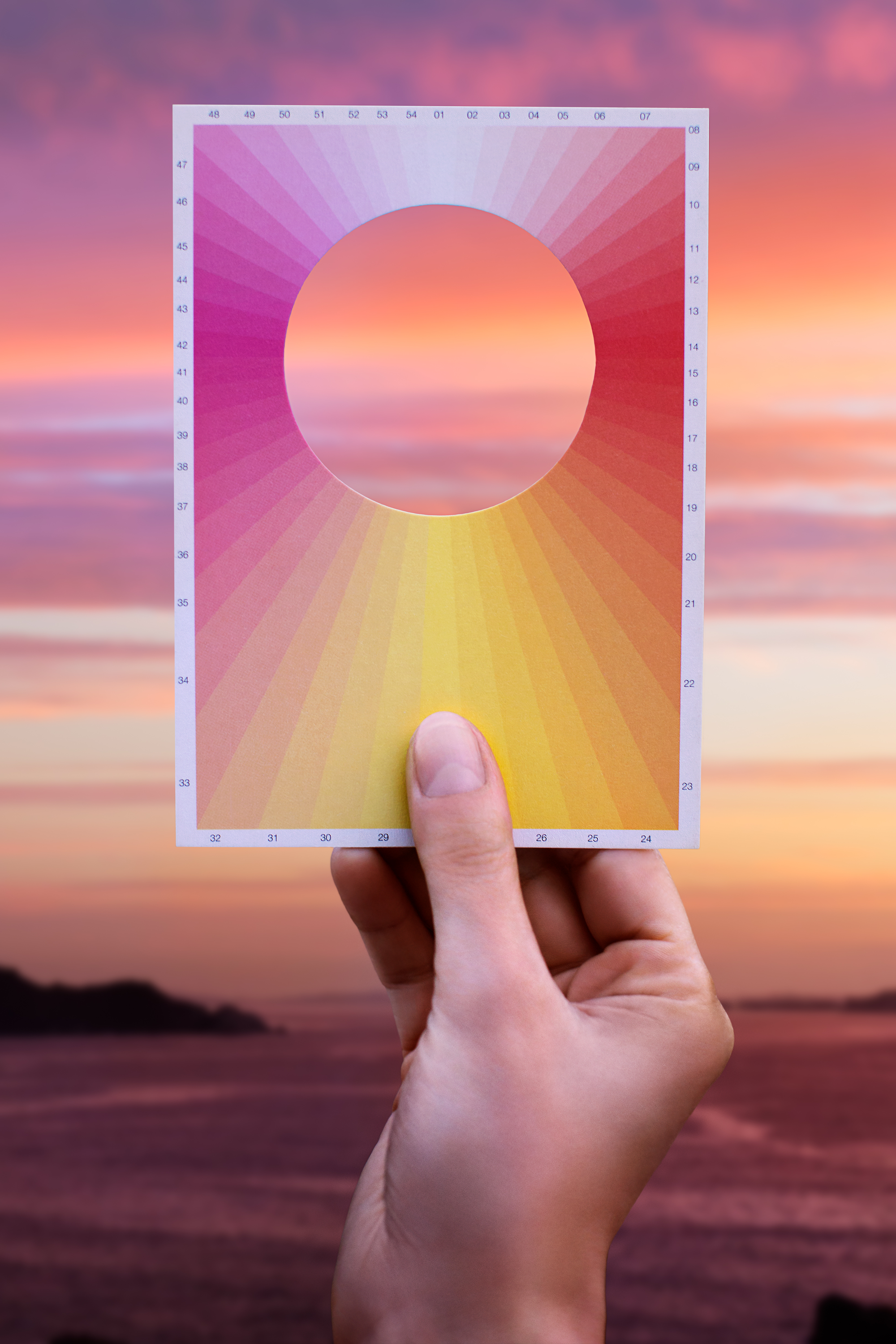THE PERFECT SUNSETS
Galeria Gabriela Mistral
LED and tensile structure, 8x2mt
2016

View of the scale of the light sculpture and visitor
Photo: Cristián Barahona

Detail of the LED lighting and shape of the piece
Photo: Cristián Barahona

View of sunrise
Photo: Cristián Barahona

Lighting sequence of sunrise to sunset
Photo: Cristián Barahona

Lighting sequence of sunrise to sunset
Photo: Cristián Barahona

Lighting sequence of sunrise to sunset
Photo: Cristián Barahona

Lighting sequence of sunrise to sunset at Antarctica
Photo: Cristián Barahona

Lighting sequence of sunrise to sunset at Antarctica
Photo: Cristián Barahona

Sunset Postcard
Photo: Cristián Barahona
The Perfect Sunsets presents itself as an intersection between visual arts and the lighting conditions of a territory. Chile is the country that spans the greatest number of latitudes in the world: From its northern border with Peru to the South Pole, it is 8,000 kilometres in length—thus the country possesses the greatest variety of luminosity on the planet.
This exhibition focuses on the time of day when we observe the sky at sunset. The sunsets in the north of the country are quite brief, lasting about thirty minutes; there the natural light has a greater intensity of blue tones, especially in the Atacama Desert. In the central and southern areas, the sunsets tend to be more orange and pink; towards the southern end of the country in Patagonia, they are very long and can last for four or more hours in saturated red and golden hues. Descriptions from Patagonians are of full of emotion, and sunsets are very important in their culture. In the Antarctic territory, during the winter solstice, the sun does not rise beyond the horizon line, and sunsets can last eight or more hours. Near the magnetic pole we find aurora australis of intense greens and reds during the long months of darkness.
Visualizing the territory that encompasses Chile as a single line over a map, we see a long, continuous figure that extends vertically from the Peruvian border to Antarctica. Now let us picture this line as an object, beginning with a duration of thirty minutes. As it extends south, the line progressively widens with its sunset duration until it reaches four hours in Patagonia, and continues to eight hours at the South Pole. We have thus mentally created the image of a triangular figure made out of time and light, floating over the Chilean territory from north to south. Inside, the projected dusk colours range from blue to orange, pink to red, and from golden yellow to violet. This mental figure is a starting point for comprehending the luminous brilliance of the territory, establishing a pattern from perceptual experience that engages with identity and culture.
Text: Macarena Ruiz-Tagle